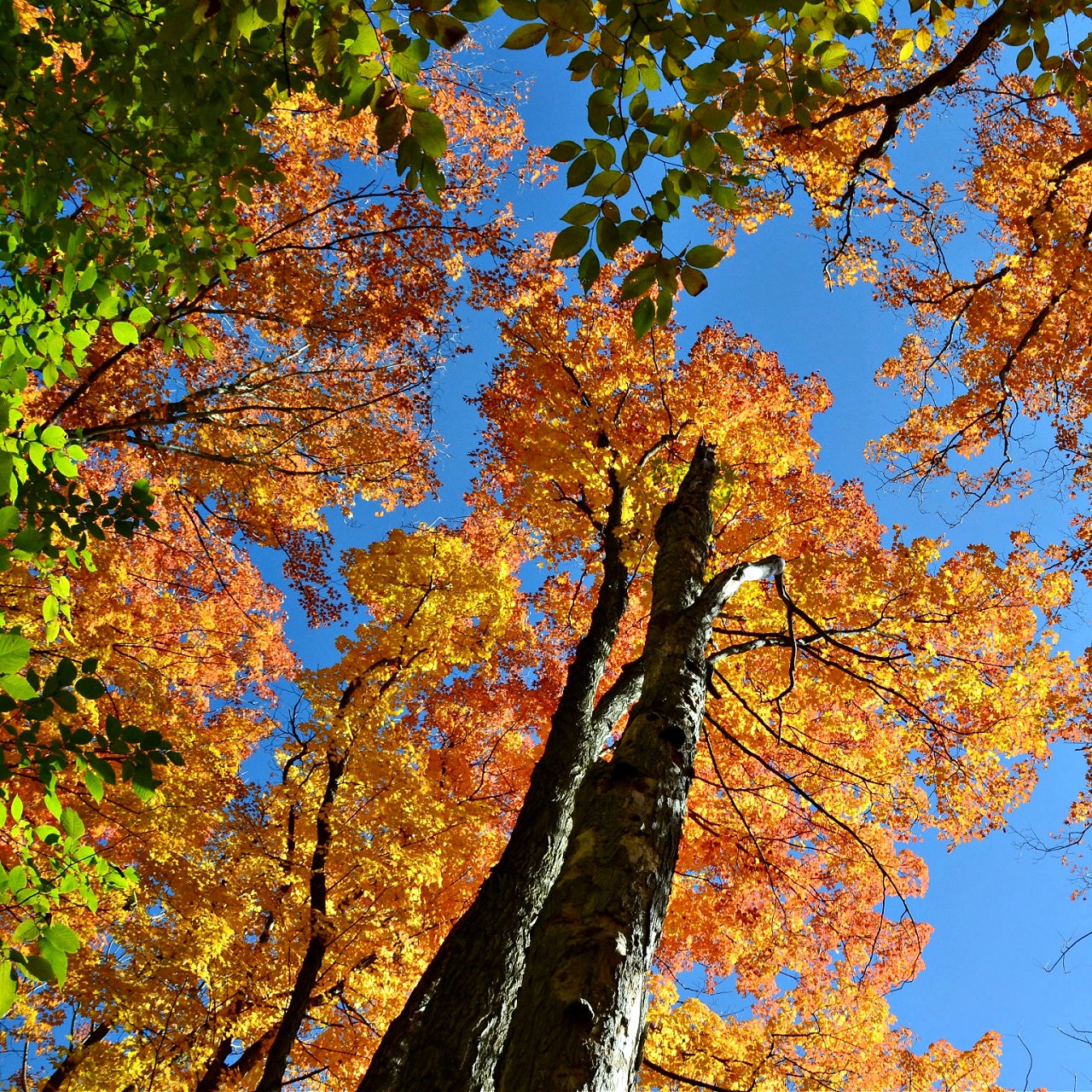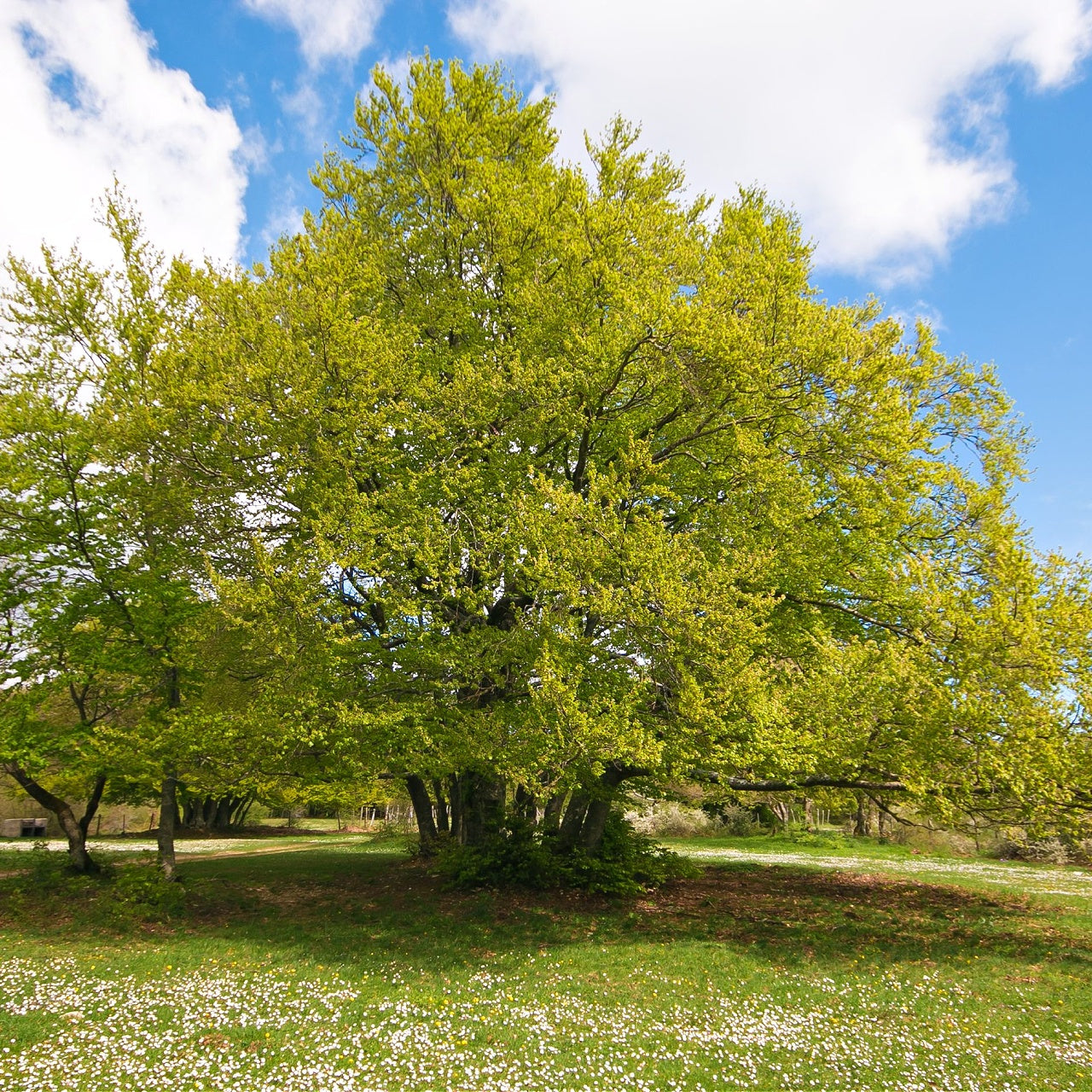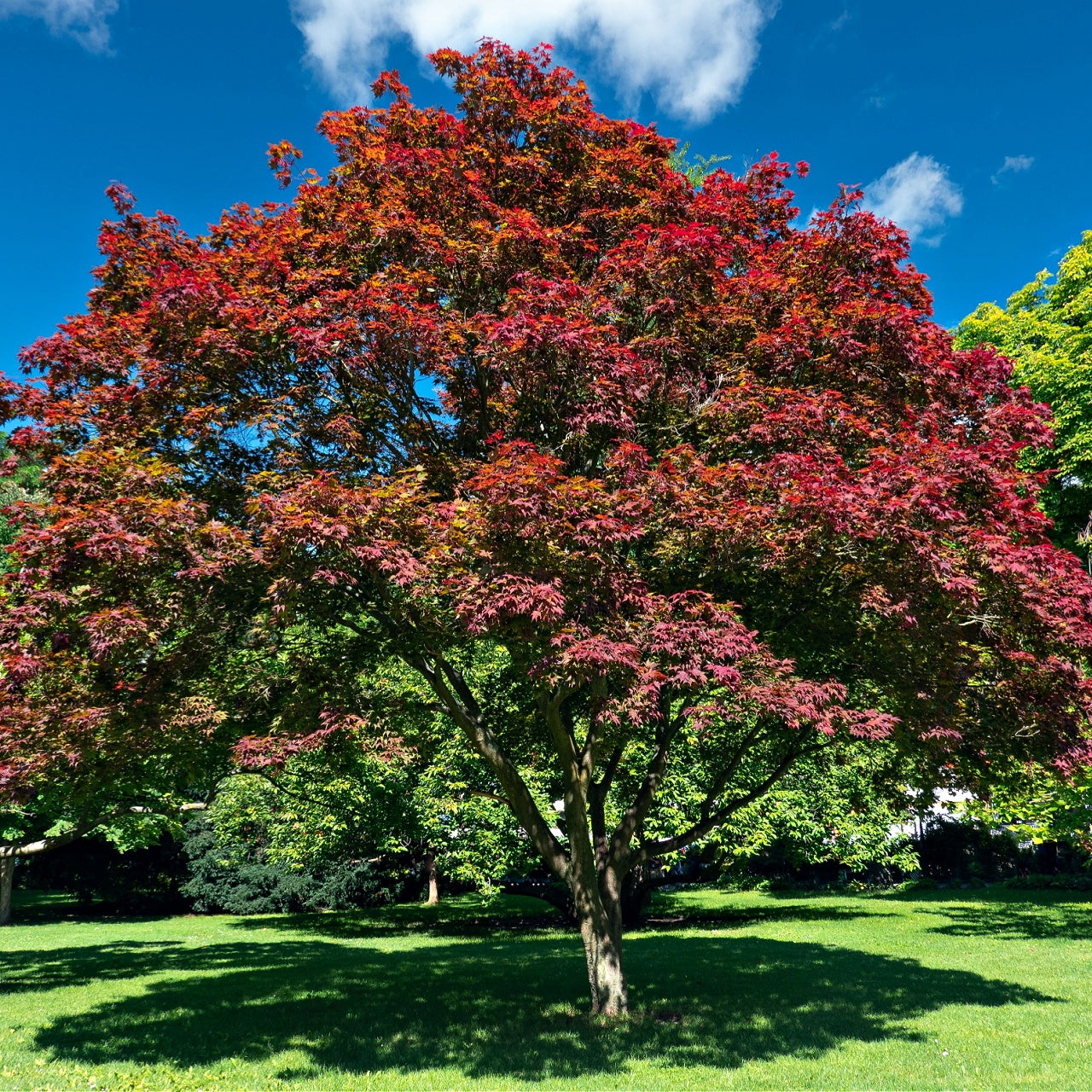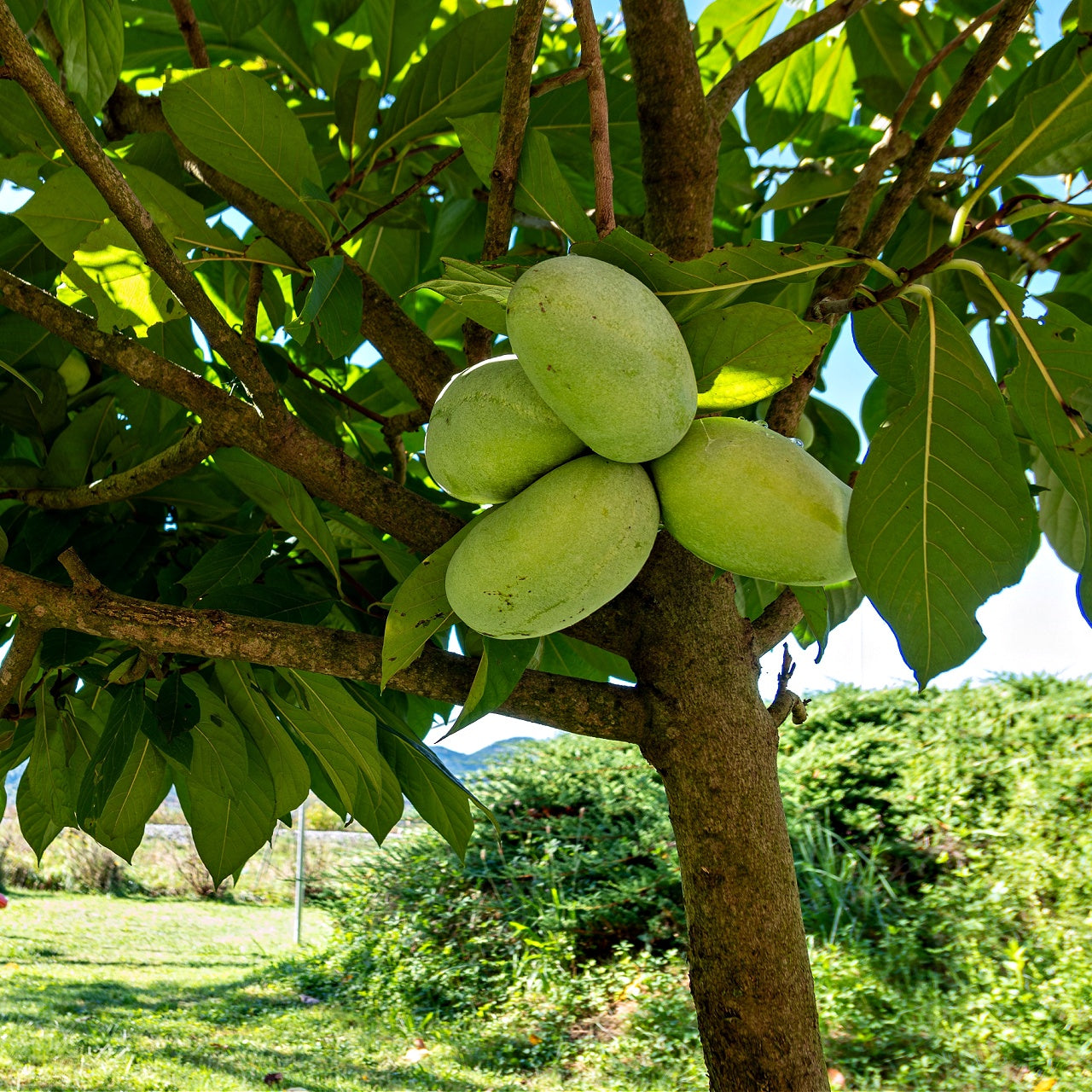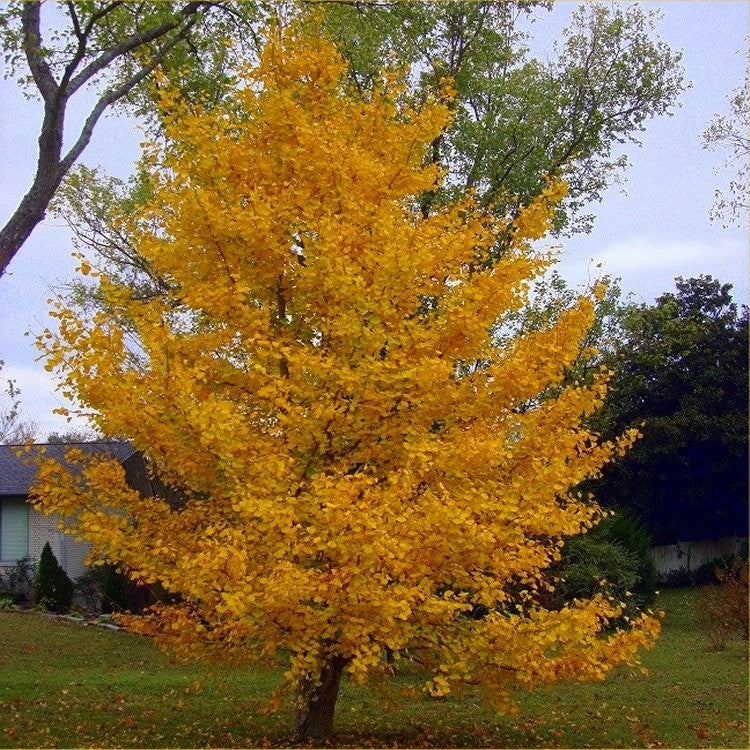
Gingko Biloba Tree
Gingko Biloba Tree
Gingko Biloba Tree
One of the most magnificent trees is the Ginkgo Biloba. It is typically known as the Ginkgo Tree or the Maidenhair Tree, dating back 270 million years. The Gingko Tree is the only species remaining in the Ginkgophyta division. All the others have been extinct for thousands of years.
The Gingko is a hardy tree and very tolerant of pollution, bad soil, and minimal care. It will grow into a large tree with magnificently bright yellow, fan-shaped leaves, which have been found in fossils.
The Gingko Tree grows well across the U.S. except around the very southern borders of CA, TX, and the entire state of FL. Its scientific name is Ginkgo biloba, and it is found in the Endangered Encyclopedia of Life.
Gingko Biloba Tree Facts and Tips
The Ginkgo provides excellent shade from wide outstretched branches requiring very little maintenance. Most people purchase the tree as a young sapling under 10 feet tall. It likes healthy doses of water, but if the season is dry, it will easily survive with very little water.
The Gingko loves the sunshine, requiring four to six hours a day of direct sunlight, which is perfect for this tree. The mature tree will grow to approximately 25-50 feet with a beautiful pyramid shape. When planting the sapling, dig a hole twice the size of the root system to allow fertilizer and drainage. Insects rarely are a problem for this tree.
This ancient tree was not discovered until the 1690s by monks in China. Today, it is so revered in Japan that the Gingko leaf symbolizes the City of Tokyo. It was brought to America in the 1700s. It's a beautiful choice for a decorative location to be enjoyed for generations.



